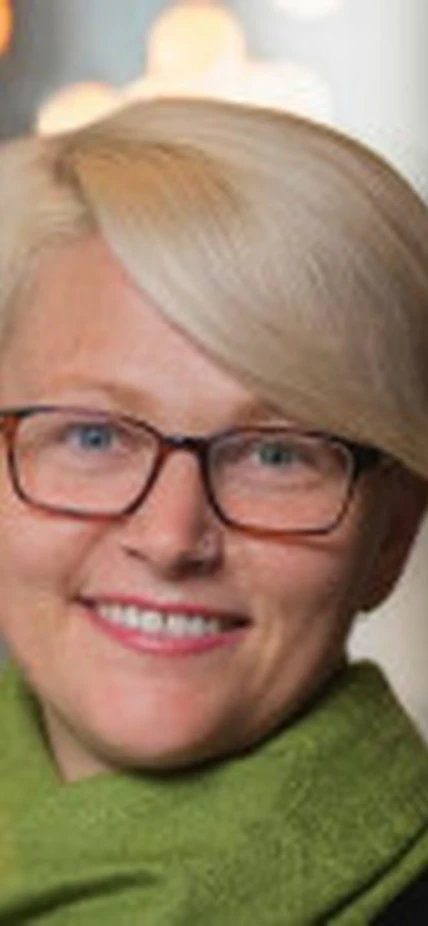What questions are you pursuing in your career?
My main focus is centered around building complex but scalable generative models of astronomical data. In statistics, generative models can basically be described as those that include the distribution of the data and can generate new data instances by telling you how likely a given example is. Generative models bring parameters to the data space where our uncertainties are better understood. The models I build enable a more thorough understanding of our galaxy and the physical processes that drive its evolution.
The volume and complexity of astronomical data is rapidly growing due to groundbreaking surveys like the European Space Agency’s (ESA) Gaia mission, the Sloan Digital Sky Survey, and the Legacy Survey of Space and Time at the Vera C. Rubin Observatory, which means more complex and sophisticated data models are required. I build flexible generative models that scale to large datasets and apply these techniques to fundamental astrophysical problems. I enjoy combining data-driven approaches with physical models where we want to interpret the results, like measuring the shape of the dark matter halo using stellar streams.
I am currently working to constrain evolving dynamical features in the Milky Way and map the elusive local intergalactic medium to constrain galactic feedback physics and alleviate the “missing baryons problem” (so-called because the amount of baryonic, or ordinary, matter observed in the universe does not match theoretical predictions).
How is your research done?
I enjoy thinking about data-driven approaches in situations with complex physical models, where I want to build the model from the data rather than the physics. I apply these concepts to stars where our physical understanding of stellar models isn't sufficient for the precision we need (and can introduce too much bias). I am using publicly available, all-sky catalogues to estimate extinctions and positions of stars for our 3D dust map. Specifically, I use Gaia distance estimates, and the measured brightnesses of stars from Gaia, 2MASS, and WISE.

Are you working on any exciting projects now?
Right now, I am building a complex model to infer a 3D dust map of the Milky Way and true distances and luminosities for over 1 billion stars. This map spans the full volume of the ESA Gaia data set, uses billions of noisy measurements, including uncertain distances, and will provide the most principled, accurate dust density estimates to date.
Cold dust is an ideal continuous tracer of dynamical structures in the galaxy, so an accurate, well-calibrated, all-sky, 3D dust map opens up many formerly impossible investigations. The Milky Way dust distribution traces out dynamical features of the thin disk—like the spiral arms, midplane, and disk warp—which will help us understand the galaxy’s recent dynamical history. A more accurate model of the dust foreground will also enable more accurate measurements of the Cosmic Microwave Background polarisation, which could confirm the inflationary scenario of our universe as well as map dark matter.
When did you realize you were interested in astronomy and what path did you take to get there?
It was a bunch of small nudges that brought me to astronomy, but the community is the reason I’ve stayed. Growing up, we had a telescope and my dad was always aware of astronomical events, like meteor showers or when the ISS would be bright and orbiting overhead. Then in high school, I enjoyed math because I was good at it (or I was good at it because I enjoyed it) and I learned my math teacher had studied astronomy. When I went to college, I was taking math classes and feeling uninspired, so I decided to apply it to physics. Within the physics courses I found the astronomy community, which was full of interesting, thoughtful, inclusive people, and realized I’d found “my people.” This community continues to drive my fascination with astronomy. That and the beauty of space, of course. But I find that collaborative projects tend to drive my projects and have led me to my unique, interdisciplinary background where I get to play with fun models.
What has the Carnegie Fellowship meant to you?
It has given me the autonomy to pursue my own research program and collaborate with a wide range of scientists, allowing me to work on much larger projects that require longer timescale commitments to investigate. In addition, having access to Carnegie’s new VizLab will greatly enhance these projects, as part of my dynamical feature investigations will require novel data visualization techniques. Hopefully by early next year, I will be able to project my map onto the VizLab’s screens and probe our galaxy’s structure across multiple scales. The opportunities here are truly amazing!

